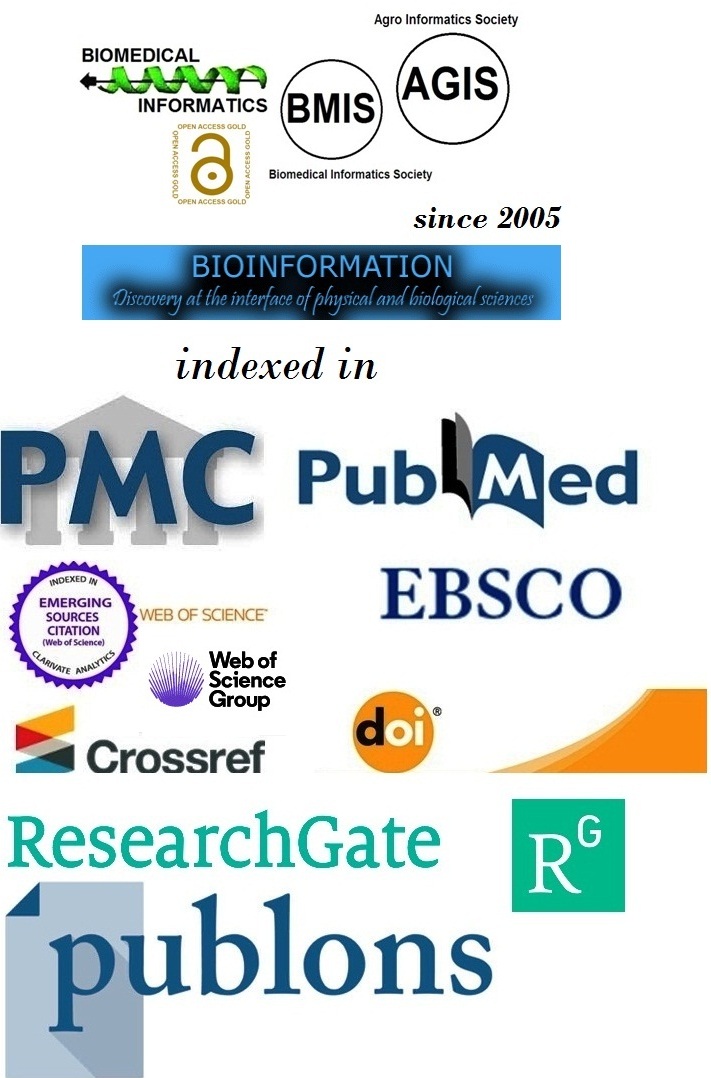Title
Artificial intelligence in diagnosis of maxillary sinusitis: A clinical study
Authors
Pranav V Manek1, Kolasani Balaram2, Sunil N Khot3, Heena Dixit4, Gunjan Modi5, Deepak Sharma4 & Rahul Tiwari6,*
Affiliation
1Department of Oral Medicine and Radiology, Pacific Dental College and Research Centre, Udaipur, Rajasthan, India, Boston University, GMS, Chobanian & Avedisian School of Medicine, Boston, MA, USA; 2Department of General Dentist, Aspen Dental, Manitowoc, Wisconsin, USA; 3Department of ENT, Government Medical College Nandurbar, Maharashtra, India; 4Department of Medical Health Administration, Index Institute, Malwanchal University, Index City, Nemawar Road, Indore, Madhya Pradesh, India; 5Department of Oral Medicine & Radiology, Pacific Dental College & Hospital, Udaipur, Rajasthan, India; 6Department of Oral and Maxillofacial Surgery, Narsinhbhai Patel Dental College and Hospital, Sankalchand Patel University, Visnagar, Gujarat, India; *Corresponding author
Pranav V Manek - E-mail: drpranavmanek92@gmail.com
Kolasani Balaram - E-mail: khotsunil1@gmail.com
Heena Dixit - E-mail: khotsunil1@gmail.com
Gunjan Modi - E-mail: drgunjannmodi@gmail.com
Deepak Sharma- E-mail: heena16.d@gmail.com
Rahul Tiwari - E-mail: drrahulvctiwari@gmail.com
Article Type
Research Article
Date
Received July 1, 2025; Revised July 31, 2025; Accepted July 31, 2025, Published July 31, 2025
Abstract
Maxillary sinusitis is a common inflammatory condition often diagnosed through imaging modalities such as "cone-beam computed tomography (CBCT)". A prospective clinical research was conducted involving 200 patients with suspected maxillary sinusitis. The AI model achieved a sensitivity of 89.1%, specificity of 91.7%, positive predictive value of 92.5% and negative predictive value of 87.8% and overall accuracy of 90.4%. The area under the ROC curve was 0.948, indicating excellent diagnostic discrimination. AI demonstrates high reliability in diagnosing maxillary sinusitis on CBCT scans and may serve as an effective adjunct in clinical imaging interpretation, enhancing diagnostic efficiency and consistency.
Keywords
Artificial intelligence, maxillary sinusitis, CBCT imaging, diagnostic accuracy, deep learning
Citation
Manek et al. Bioinformation 21(7): 2108-2111 (2025)
Edited by
Rashmi Daga
ISSN
0973-2063
Publisher
License
This is an Open Access article which permits unrestricted use, distribution, and reproduction in any medium, provided the original work is properly credited. This is distributed under the terms of the Creative Commons Attribution License.
